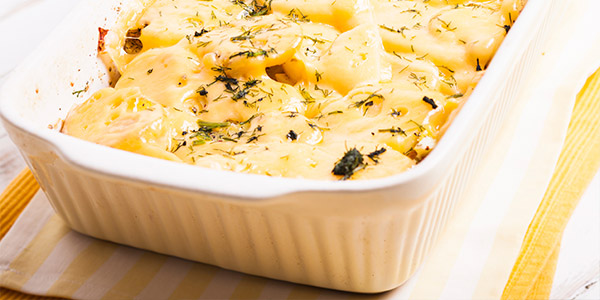With recent news reports about the dangers of lead, toxic chemicals and other environmental hazards, you may feel alarmed about threats potentially lurking in your own home.
But there’s a lot you can do to make your home safer. Palo Alto Medical Foundation pediatrician Paul Protter, M.D., offers simple steps to create a healthier home environment for your family.










